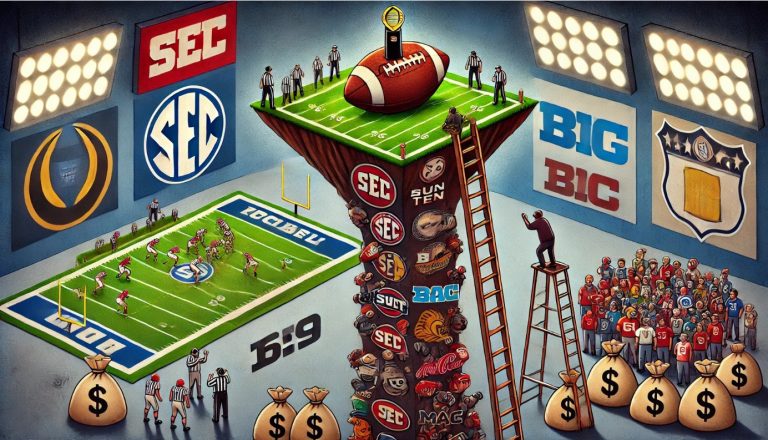
By Larry Billinger
Introduction
Every Easter, the joyful traditions of egg decorating and bunny-themed celebrations bring families together. These customs, though seemingly unrelated to the resurrection of Jesus, have deep roots in Christian Lenten practices and ancient European traditions. Understanding why eggs and bunnies became symbols of Easter helps us appreciate their connection to the themes of renewal and rebirth central to the holiday.
Lenten Obligations
Lent, derived from the Latin word jejenus, meaning famished, thin, and dry, is the strictest period of fasting imposed by the Church. This period lasts forty days, from Ash Wednesday to Holy Week, and dates back to the 4th century. Inspired by the forty days of retreat and fasting Jesus spent in the desert, Lent is a time of prayer, repentance, purification, and preparation for Easter.
Initially, Lent allowed only one evening meal, but a second light meal was later permitted. Over the centuries, other restrictions were introduced, such as sexual abstinence, bans on weddings, and the closure of theatres to limit pleasurable activities.
Forbidden Food
During the Middle Ages, the Church imposed stricter dietary rules during Lent compared to other lean days of the year. Meat and animal-based products were forbidden, including eggs, butter, cream, milk, and cheese. Some regions, lacking oil, obtained the right to consume butter to compensate for the lack of fat. Dispensations from these restrictions were sometimes purchased, providing a source of income for the Church until the Reformation ended such practices.
While wine and liqueurs were banned during the strictest periods of Lent, non-nourishing drinks were allowed, sparking debates about what constituted food. For example, the question of drinking chocolate was contentious until the end of the 17th century, when it was finally permitted.
Fasting and Feasting
Because eggs were off-limits during Lent, they were often preserved to prevent waste and ensure they could be enjoyed once the fasting period ended. These preserved eggs became a significant part of Easter celebrations, symbolizing the end of fasting and the renewal of life. Hard-boiling eggs was a practical method of preservation and allowed for a fun and creative outlet: decorating the eggs. Families would color the eggs with natural dyes from plants and spices, turning them into vibrant holiday symbols.
Cultural Adaptation
Easter Eggs and the Easter Bunny
The tradition of the Easter Bunny bringing eggs to children is believed to have been brought to America by German immigrants. Known as the “Osterhase” (Easter Hare), this creature would lay colorful eggs for children to find. This tradition merged the symbols of the hare, representing fertility, and the egg, representing new life, into a delightful and engaging celebration.
Easter Egg Hunts
Over time, the practice of the Easter Bunny bringing eggs evolved into modern Easter egg hunts. Children eagerly search for hidden eggs, whether real, decorated eggs, or plastic eggs filled with treats. These hunts have become a cherished part of Easter celebrations, blending ancient practices with modern joy and excitement.
The Connection to Easter
Symbolism of the Egg
For Christians, the egg represents the resurrection of Jesus Christ. The egg’s shell symbolizes the tomb, and breaking the shell symbolizes Jesus’ resurrection from the dead. Early Christians in Mesopotamia dyed eggs red to symbolize the blood of Christ, a tradition that evolved over time.
The Bunny and Fertility
The Easter Bunny, or “Osterhase,” symbolizes fertility and new life, reflecting the themes of resurrection and renewal. The hare, an ancient symbol of fertility, fits seamlessly into celebrating new life brought by Jesus’ resurrection.
Conclusion
By integrating these ancient symbols with Christian traditions, Easter celebrations have become a rich blend of meanings, blending the sacred and the festive. The egg and bunny symbols remind us of Easter’s core themes: resurrection, new life, and the eternal hope brought by Jesus Christ.



